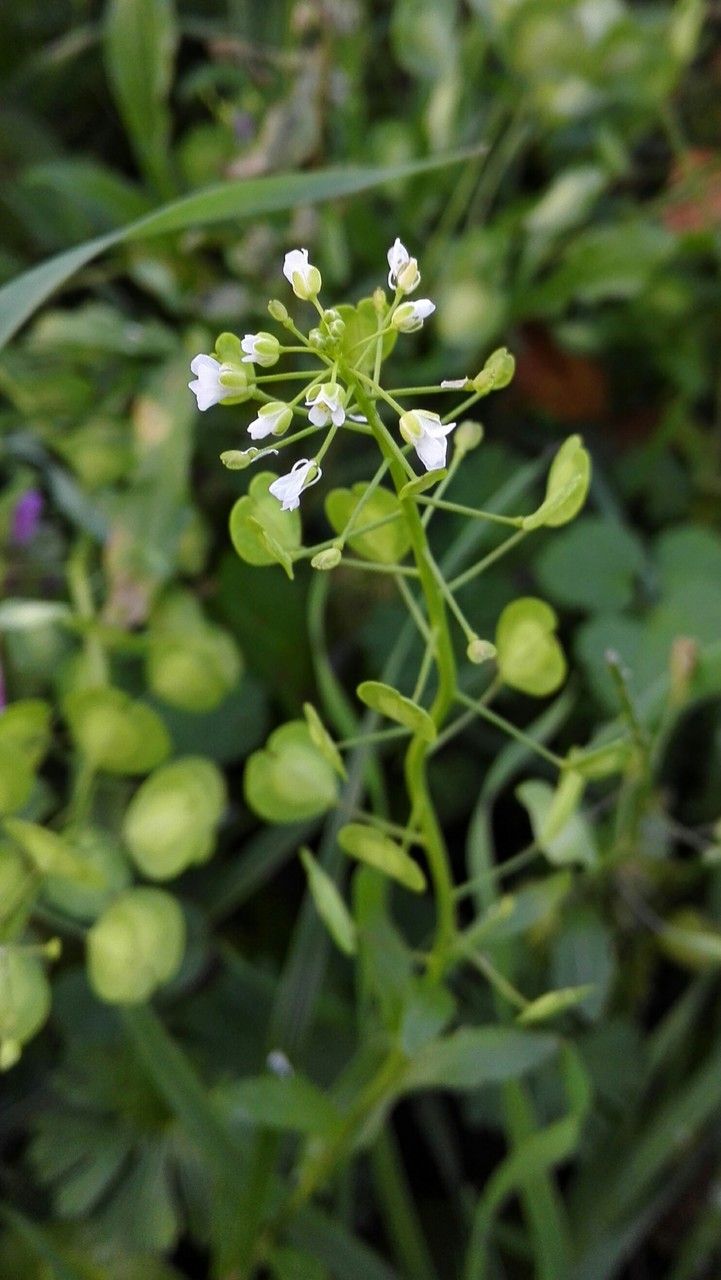## Linden Trees: A Comprehensive Guide
Linden trees, belonging to the Malvaceae family, are majestic and graceful additions to any landscape. Often called lime trees (though not related to citrus limes), these trees are renowned for their fragrant blossoms, heart-shaped leaves, and valuable timber. This guide provides a comprehensive overview of Linden trees, covering their cultivation, care, and various species.
### Identifying Linden Trees
Linden trees are easily recognized by their characteristic heart-shaped leaves, often asymmetrical at the base. They typically have alternate leaf arrangement and serrated margins. The bark of young Linden trees is smooth and gray, becoming furrowed and darker with age. Perhaps their most striking feature, however, is their delicate, fragrant flowers, which appear in clusters and attract pollinators.
### Habitat and Growth
Linden trees thrive in a variety of climates but generally prefer temperate regions. They are adaptable to different soil types, but well-drained, slightly acidic to neutral soil is ideal. They prefer full sun to partial shade and are relatively fast-growing, especially during their early years. Mature Linden trees can reach impressive heights, ranging from 50 to 80 feet depending on the species.
### Planting Linden Trees
Planting a Linden tree is relatively straightforward. Choose a location with ample sunlight and well-drained soil. Dig a hole twice as wide as the root ball, ensuring the top of the root ball is level with the ground. Gently backfill the hole, firming the soil around the tree. Water thoroughly after planting.
### Linden Tree Care
Linden trees are relatively low-maintenance once established. Regular watering, especially during dry periods, is important, particularly during the first few years after planting. Fertilizing is generally not necessary unless the soil is deficient in nutrients. Pruning should be minimal, primarily to remove dead or damaged branches. This is best done during the late winter or early spring.
### Common Linden Tree Varieties
Several Linden species exist, each with unique characteristics. Some popular varieties include:
* **American Linden (Tilia americana):** A large, fast-growing species native to North America.
* **Littleleaf Linden (Tilia cordata):** A smaller, more compact variety, ideal for smaller gardens.
* **Silver Linden (Tilia tomentosa):** Known for its silvery undersides of the leaves.
### Benefits of Linden Trees
Linden trees offer numerous benefits: their shade provides cooling relief during hot summer months, their flowers produce a calming tea, their timber is valuable for woodworking, and their overall beauty enhances any landscape. They also play a vital role in supporting pollinators, contributing to a healthy ecosystem.
### Potential Pests and Diseases
While generally resilient, Linden trees can occasionally be susceptible to pests like aphids and spider mites. Diseases such as anthracnose can also affect them. Regular monitoring and prompt treatment, if necessary, are crucial for maintaining the health of your Linden tree.
### Conclusion
Planting and caring for a Linden tree is a rewarding experience. With proper care and attention, these majestic trees will provide years of beauty and ecological benefits. Remember to consider your climate, soil type, and available space when choosing a variety that best suits your needs.
Linden Trees: Planting, Care & Varieties

Frequently Asked Questions
How to plant a Linden tree?
Dig a hole twice as wide as the root ball, ensuring the top of the root ball is level with the ground. Gently backfill, firm the soil, and water thoroughly.
What type of soil do Linden trees need?
Linden trees prefer well-drained soil, slightly acidic to neutral. Amend heavy clay soils with organic matter to improve drainage.


